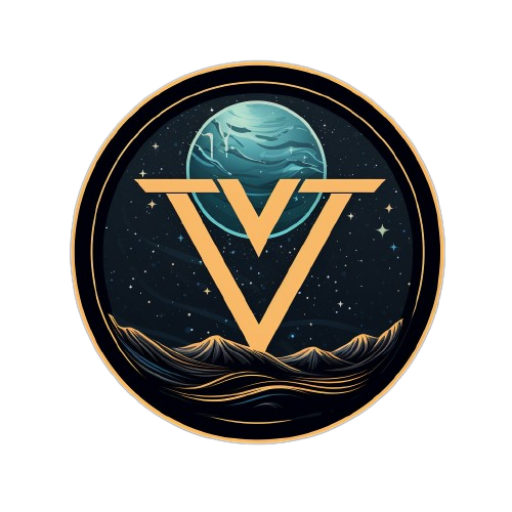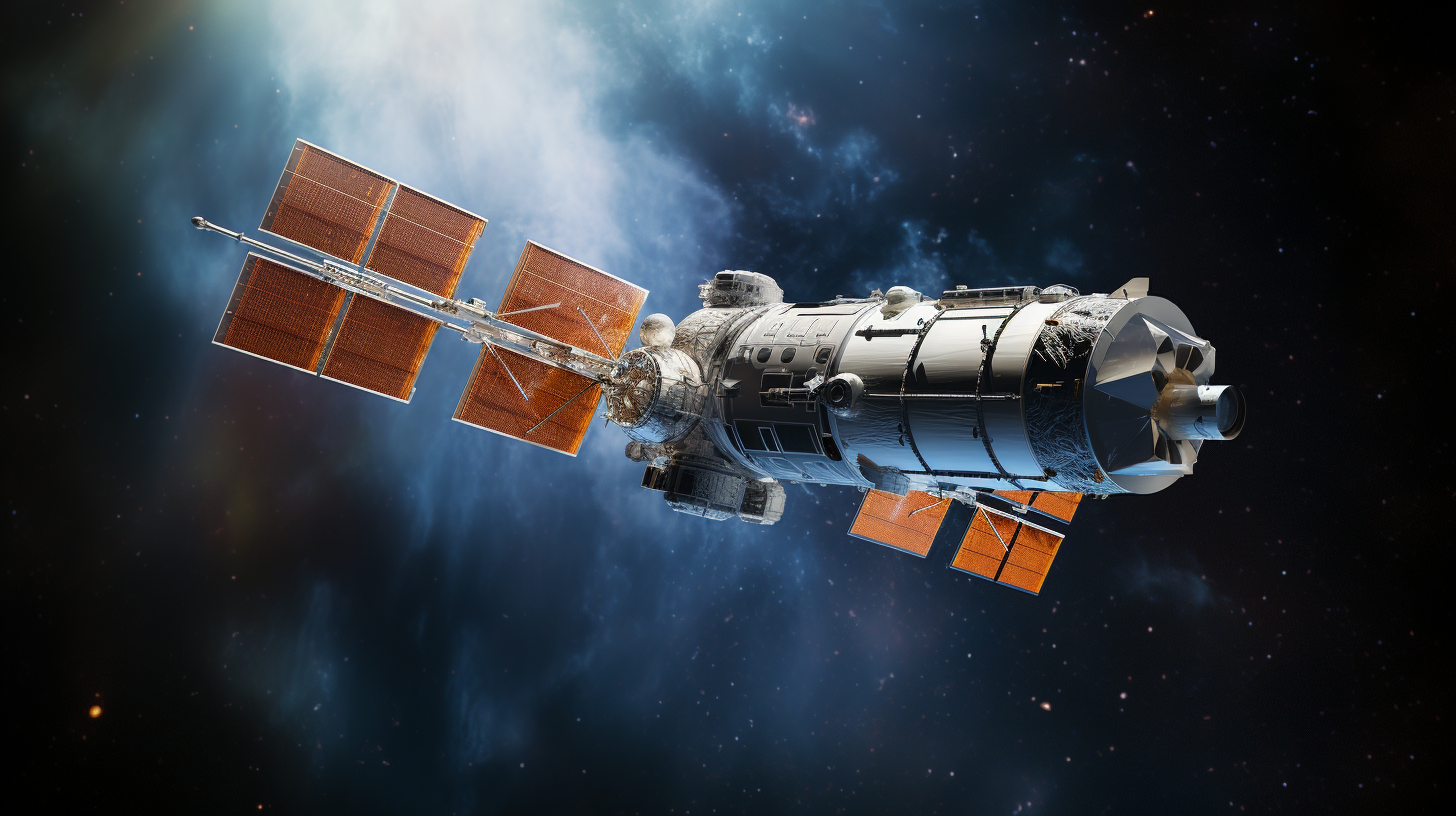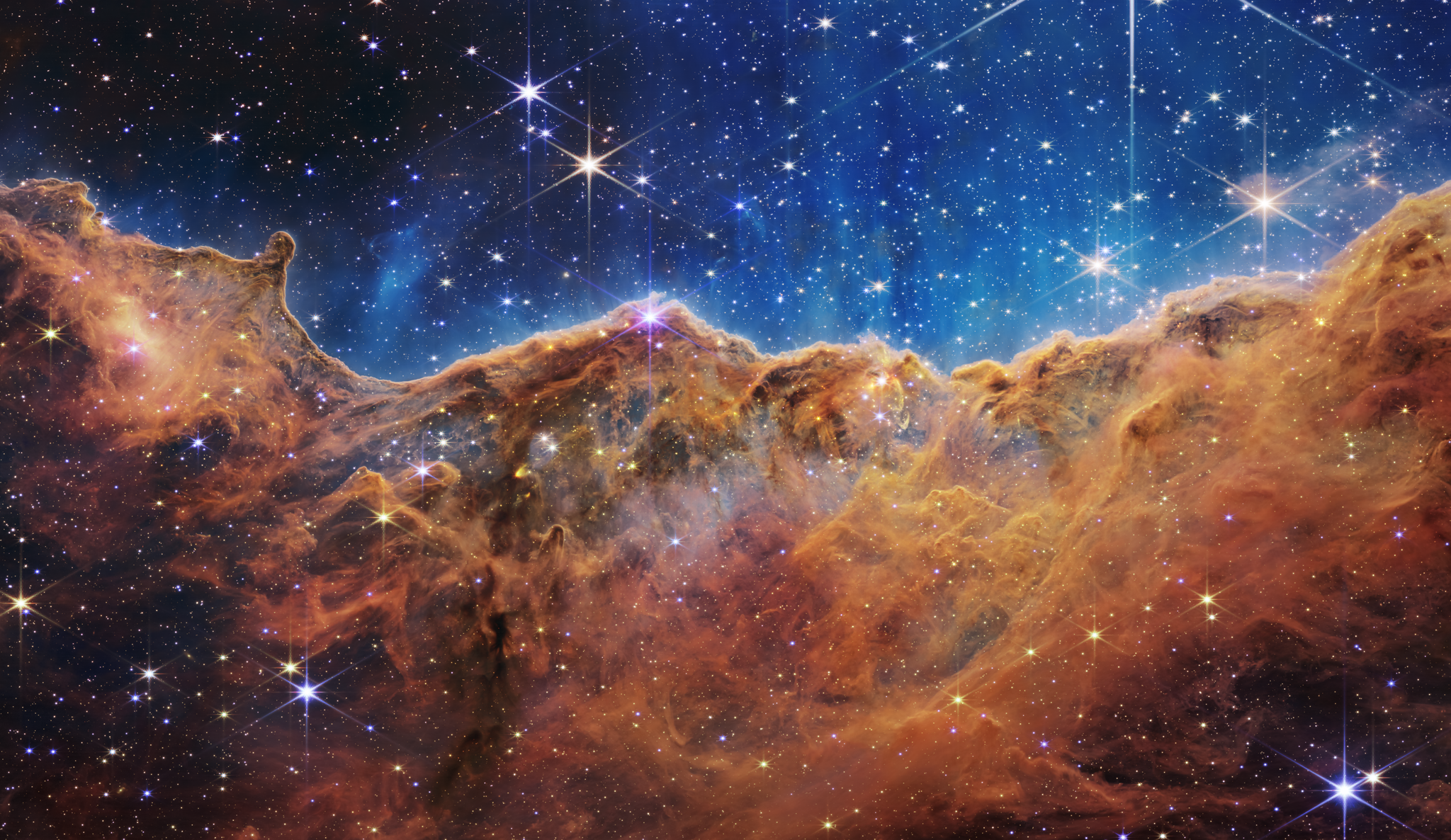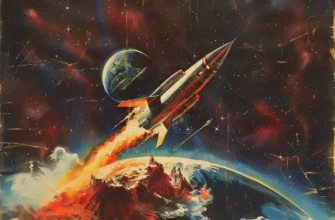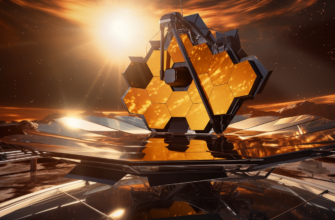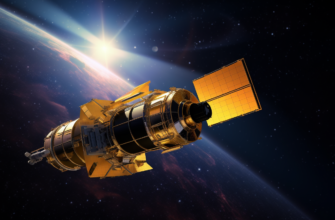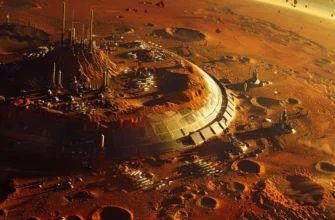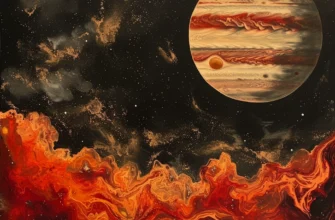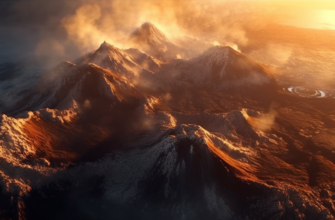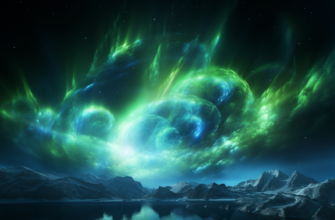The Hubble Space Telescope is one of the most iconic and important astronomical observatories ever launched into space. Since its deployment in 1990, Hubble has revolutionized our understanding of the universe and captured the public’s imagination like few other space missions.
Hubble’s sharp vision, free from the blurring effects of Earth’s atmosphere, has delivered image after image of breathtaking beauty and scientific insight. As astronaut John Grunsfeld said:
Hubble is not just a satellite. It’s a symbol of humanity’s quest for knowledge.
In its over 30 years of operation, Hubble has made discoveries that have reshaped astronomy and opened new avenues for scientific exploration. Let’s take a closer look at this amazing telescope.
- Hubble’s Revolutionary Design
- Powerful Observational Instruments
- Iconic Discoveries and Observations
- Measuring the Expansion Rate of the Universe
- Probing the Atmospheres of Exoplanets
- Discovering Moons of Pluto
- Capturing the Collision of Comet Shoemaker-Levy 9 with Jupiter
- Deep Fields – Portals to the Ancient Universe
- Stunning Images of Starbirth and Death
- Observing Weather and Changes on Other Planets
- The Art of Hubble Image Processing
- Reaching New Heights After 30 Years
- The Future of Hubble and Space Astronomy
- More Interesting Facts About Hubble
- More Resources on Hubble:
Hubble’s Revolutionary Design
Hubble was specifically designed to be serviceable by astronauts in orbit. This key aspect allowed its capabilities to be upgraded over time and greatly extended its lifespan.
The telescope is about the size of a large school bus, weighing approximately 27,000 pounds. Inside its tube-shaped body are some of the most advanced and sensitive instruments ever put into space.
Some key facts about Hubble:
- Orbits at an altitude of 340 miles above Earth’s surface
- Completes one orbit every 95 minutes
- Travels at a speed of about 17,000 mph
Hubble’s vantage point above the atmosphere provides it with several major advantages:
- A clear, steady view free from atmospheric distortion
- Access to ultraviolet and infrared wavelengths blocked by the atmosphere
- Extremely high resolution and sensitivity
- A permanent dark sky ideal for imaging faint, distant objects
As Hubble Project Scientist Jennifer Wiseman explains:
Hubble pushed the frontier of several fields, taking advantage of its unique capabilities above Earth’s atmosphere. It has provided unprecedented ultraviolet imaging and spectroscopy of stars, nebulae, and galaxies.
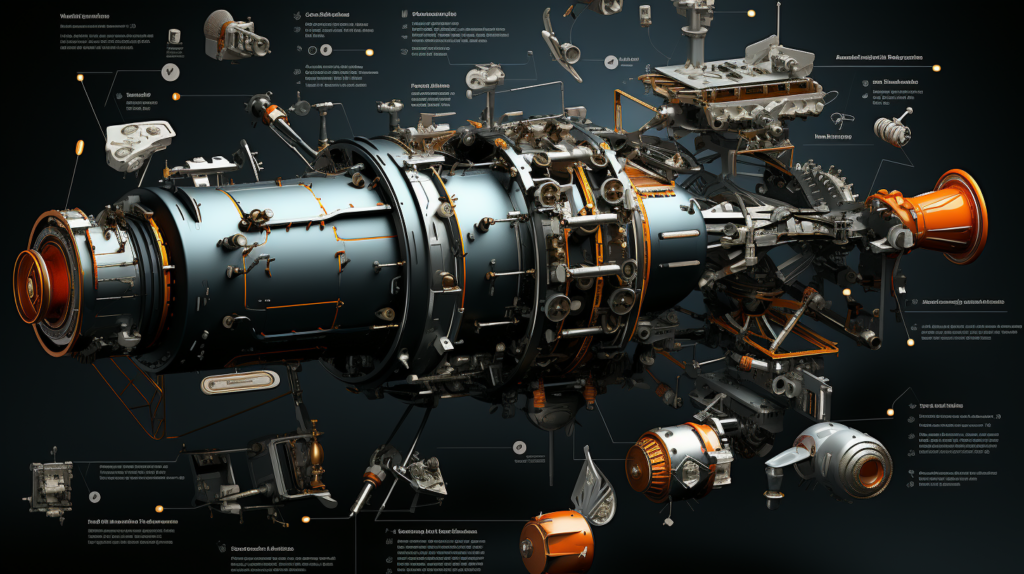
Powerful Observational Instruments
Hubble currently has seven main science instruments, each with unique capabilities tailored to explore different mysteries of the cosmos.
Some of Hubble’s instruments include:
- Advanced Camera for Surveys (ACS) – A third-generation imaging camera optimized for wide surveys of cosmic objects.
- Cosmic Origins Spectrograph (COS) – An ultraviolet spectrograph extremely sensitive to faint light, allowing Hubble to analyze the composition and motion of celestial objects.
- Wide Field Camera 3 (WFC3) – Hubble’s main visible and ultraviolet/infrared imaging camera, providing breathtaking views into star clusters, nebulae, and galaxies.
- Space Telescope Imaging Spectrograph (STIS) – A spectrograph which can dissect light from cosmic objects, revealing details about their motion, temperature, and chemical composition.
- Fine Guidance Sensors (FGS) – High precision sensors which allow Hubble to lock onto target objects with extreme accuracy.
Hubble’s suite of instruments work synergistically, often conducting observations in parallel to capture different wavelengths of light from cosmic objects. This provides a wealth of data for astronomers to analyze.
Iconic Discoveries and Observations
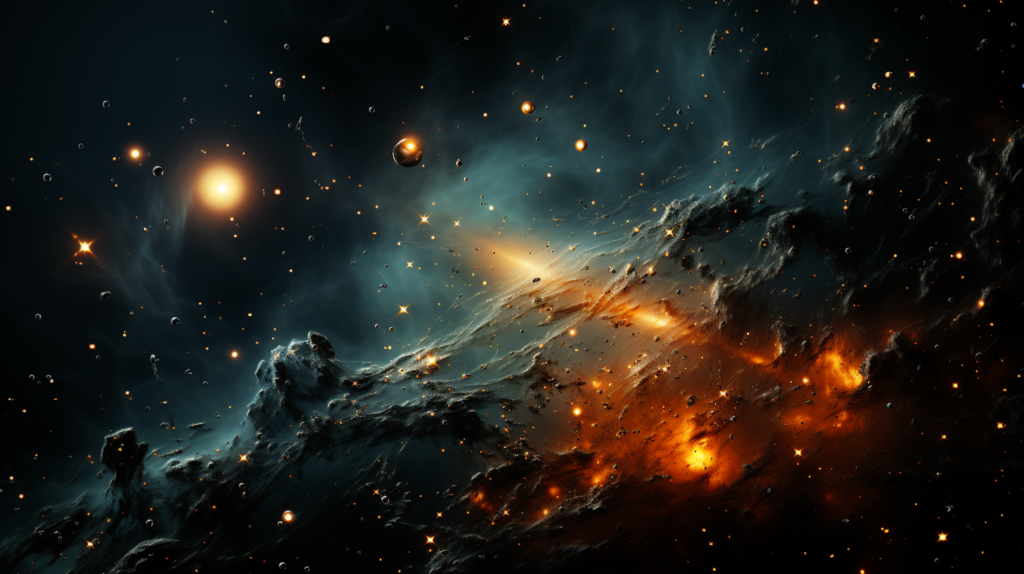
With its unique capabilities, Hubble has delivered boundless scientific discoveries and unforgettable images. Here are some of the most significant contributions made by Hubble over the past 30+ years:
Measuring the Expansion Rate of the Universe

By observing the light from distant supernovae, Hubble played a critical role in the discovery that the expansion of the universe is accelerating. This breakthrough finding led to the concepts of “dark energy” and “dark matter” – strange forces which make up 95% of the cosmos but remain little understood.
Probing the Atmospheres of Exoplanets
Hubble detected the first evidence of an exoplanet atmosphere in 2001. Since then, it has analyzed the atmospheres of many alien worlds orbiting distant stars, providing insights into their chemistry and potential habitability.
Discovering Moons of Pluto
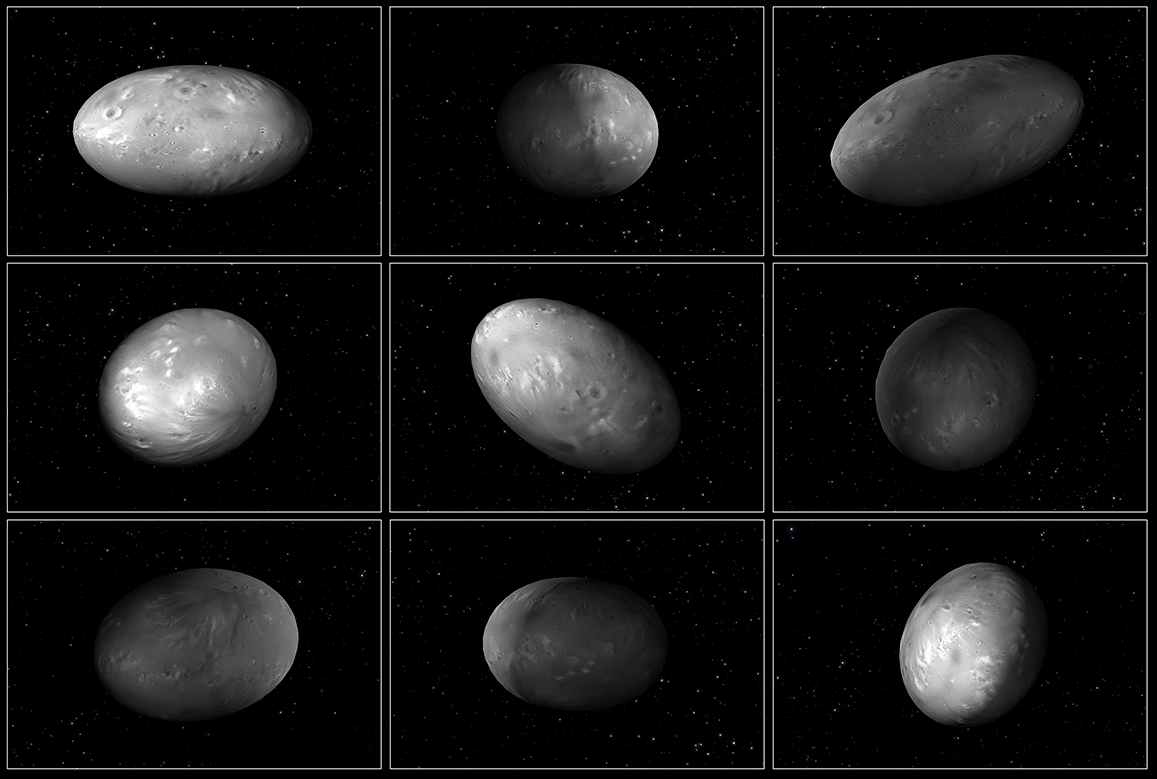
In 2005, Hubble discovered two new moons of the dwarf planet Pluto – Hydra and Nix. This more than doubled the number of known moons orbiting Pluto at the time.
Capturing the Collision of Comet Shoemaker-Levy 9 with Jupiter
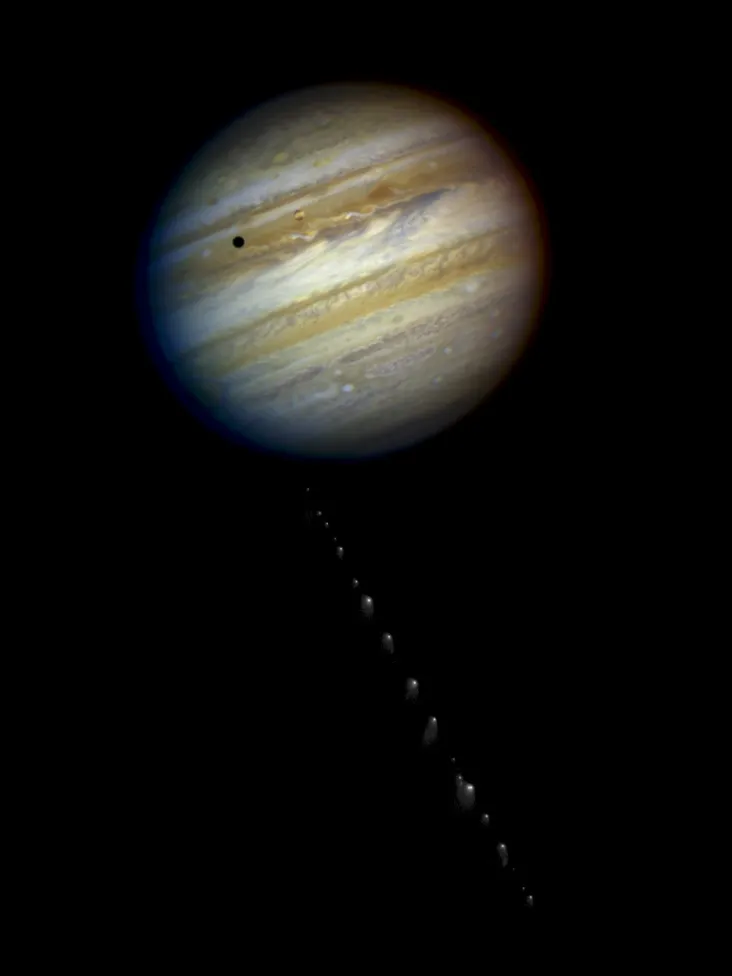
When fragments of Comet Shoemaker–Levy 9 collided with Jupiter in 1994, Hubble obtained striking images and data, recording the only observed collision between two solar system bodies.
Deep Fields – Portals to the Ancient Universe
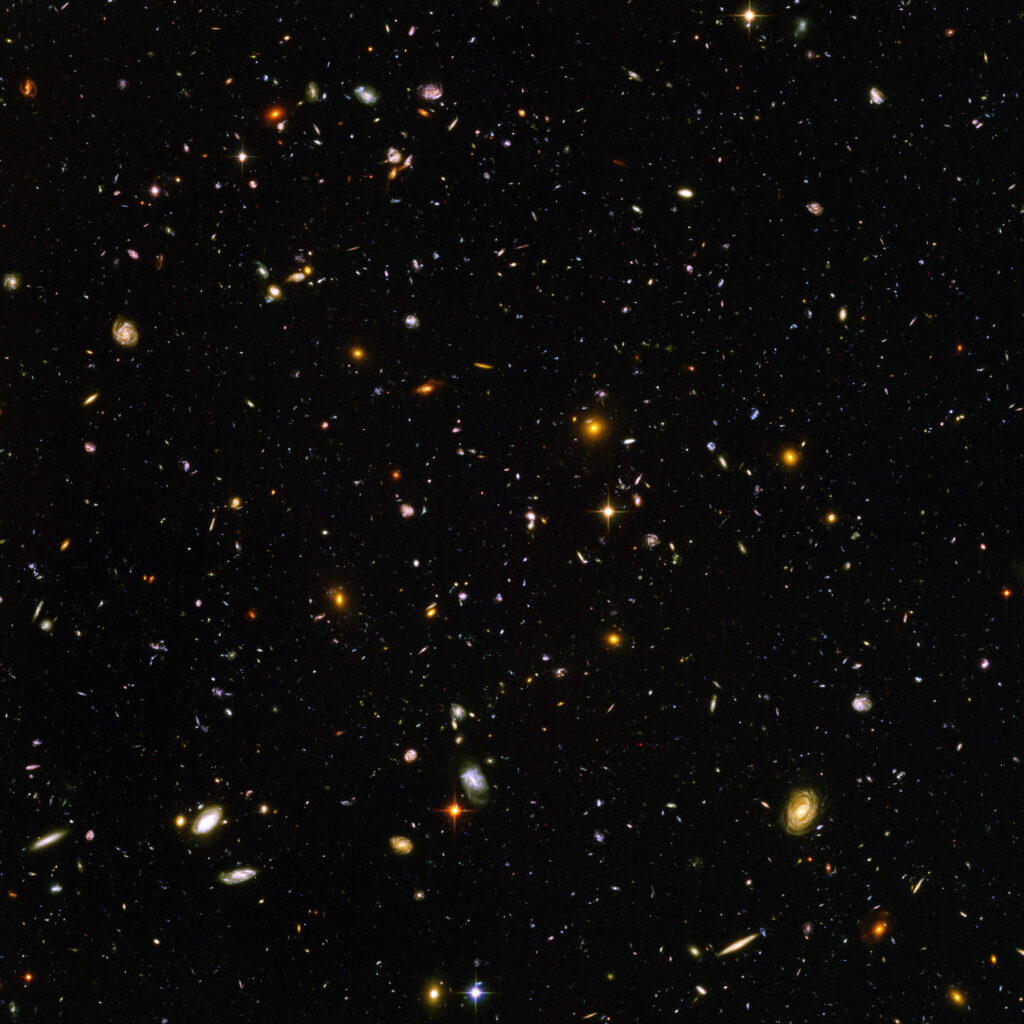
Hubble’s iconic “Deep Field” images, capturing tiny regions of seemingly empty sky, have given us windows into the early universe billions of light-years away. These ultra-deep observations have spotted some of the most distant galaxies ever seen.
Stunning Images of Starbirth and Death
Many of Hubble’s most famous images depict colorful, intricate nebulae where stars are born, and the explosive supernova death throes of giant stars. These pictures capture cosmic beauty while providing insights into stellar evolution.
Observing Weather and Changes on Other Planets
Hubble has tracked raging storms and shifting cloud belts on gas giants like Jupiter and Saturn. And it has monitored the changing seasons and fleeting dust storms on Mars. Hubble’s long-term observations of planets in our solar system have enriched studies of their atmospheres and climates.
These are just a sampling of Hubble’s diverse contributions to astronomy over the past three decades. The telescope orbits Earth every 95 minutes, relentlessly gathering light from the cosmos and rewarding our boundless curiosity.
The Art of Hubble Image Processing
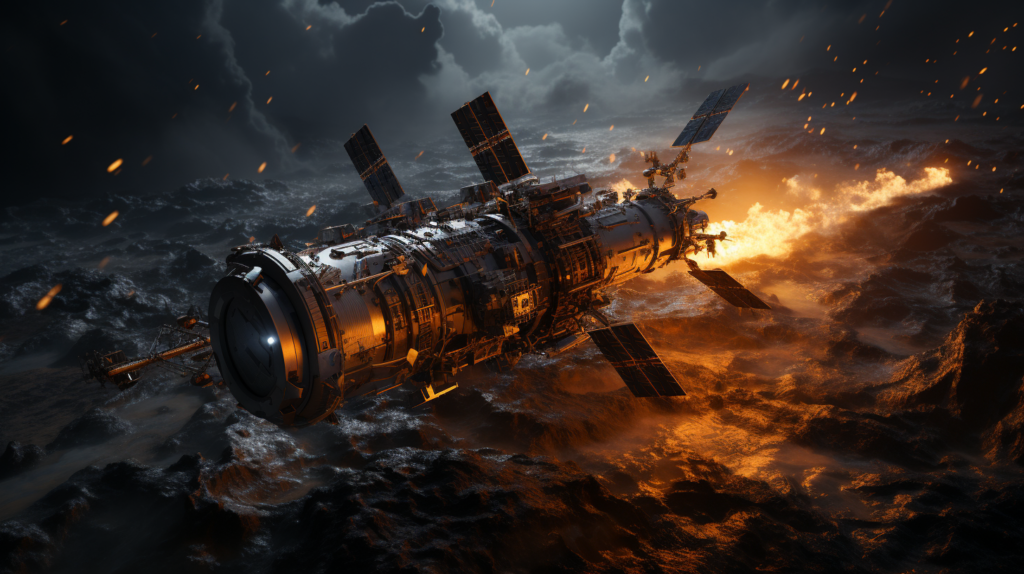
While some may think Hubble operates like an ordinary digital camera, snapping photos at the push of a button, the reality is far more complex.
The data Hubble collects is in the form of digital counts registered by its light detectors – similar to the raw readout from digital camera sensors. To create the jaw-dropping images Hubble is famous for, a series of data processing steps are required:
- Multiple exposures using different filters are taken to capture specific wavelengths
- Exposures are calibrated, cleaned of artifacts, and combined
- Colors are carefully assigned to represent different wavelengths
- The final images are aesthetically adjusted to optimize contrasts and details
This processing enhances faint signals, highlights features of interest, and generates a visually intuitive representation of Hubble’s scientific data.
As Hubble imaging expert Zolt Levay explains:
My goal is to convey the science astronauts and astronomers work so hard to gather in a way that also communicates a sense of beauty, mystery, and awe. I think of every image as a work of art.
While Hubble images involve artistry, they are based on real data and accurate science. These images showcase Hubble’s capabilities while revealing hidden gems in the observatory’s rich digital archive.
Reaching New Heights After 30 Years

The Hubble Space Telescope was designed to be serviceable by astronauts, allowing its capabilities to be renewed through a series of ambitious orbital missions.
The telescope’s five servicing missions, conducted by space shuttle crews, included:
- Correcting Hubble’s flawed primary mirror
- Upgrading cameras and instruments
- Replacing batteries, gyroscopes, and computers
- Installing new solar arrays
The final servicing mission in 2009 left Hubble with an entirely new set of instruments and gave the telescope an expected lifetime through the 2020s and likely beyond.
Thirty years after launch, Hubble remains scientifically productive and technologically advanced – a testament to careful planning and human ingenuity.
We literally have a better telescope today in orbit than the one we launched 24 years ago.
— John Grunsfeld, astronaut on three of Hubble’s servicing missions
Hubble has collected over 1.5 million observations and delivered data fueling over 20,000 peer-reviewed papers. The demand for Hubble’s time remains enormous and highly competitive among astronomers.
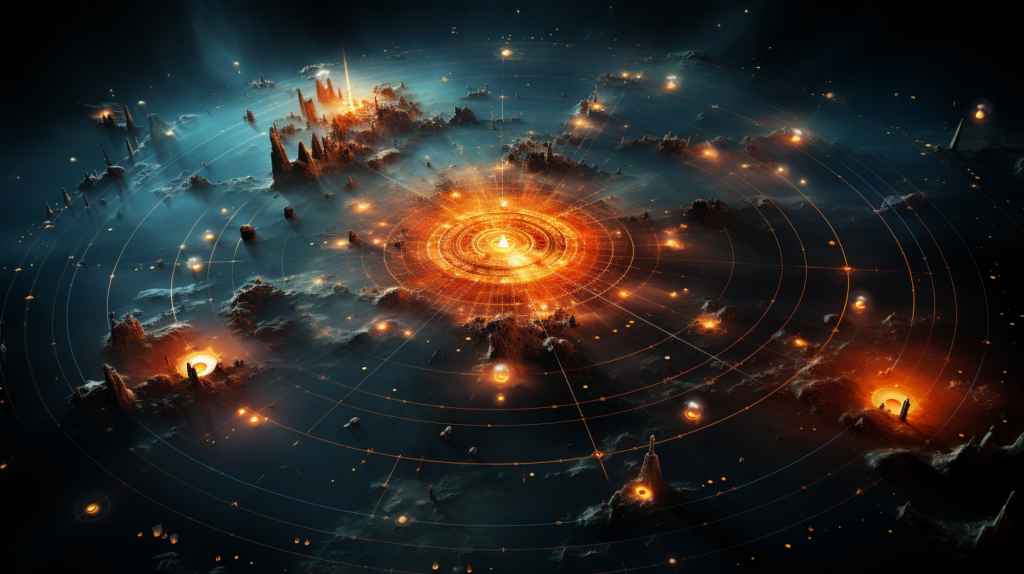
The Future of Hubble and Space Astronomy
The recently launched James Webb Space Telescope (JWST) will work in tandem with Hubble for a number of years rather than replacing it. JWST specializes in observing infrared light, while Hubble studies ultraviolet through near-infrared wavelengths. Their complementary capabilities will enable unprecedented joint science.
Even after Hubble ceases operation, the telescope will continue to provide value to astronomers:
- As a calibrated reference point to compare to new instruments
- By providing over 30 years of benchmark data on cosmic objects
- Through the wealth of archival data which will fuel future research
When Hubble’s mission eventually ends, the telescope will be disposed of in a controlled re-entry, sending this space pioneer in astronomy to a fiery but spectacular conclusion.
Hubble’s achievements have revolutionized human understanding of the cosmos. This remarkable telescope has allowed us all to journey deep into space and time, revealing the splendors of the universe in remarkable clarity.
More Interesting Facts About Hubble
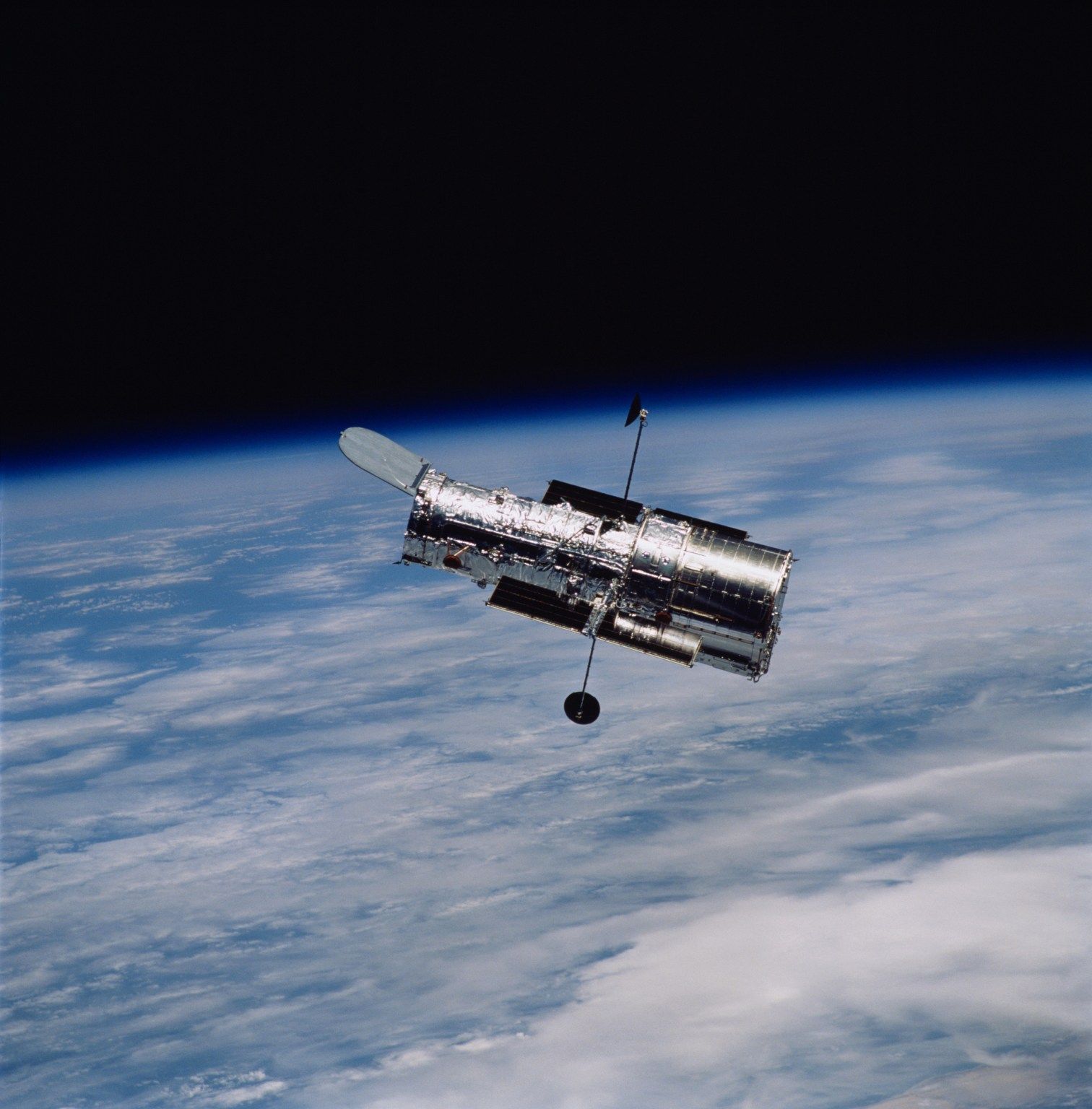
- Hubble has made over 1.5 million observations and probed some of the most distant galaxies ever observed.
- The telescope could detect the light of a single firefly located 30 miles away.
- Hubble uses precise gyroscopes and star trackers to lock onto targets with an accuracy equivalent to being able to shine a laser beam on a dime 3,200 miles away.
- At 17,000 mph, Hubble orbits Earth fast enough to travel from New York to Los Angeles in under 4 minutes.
- Every week, astronomers around the world request over 1,000 hours of time on the Hubble telescope. Only about 10% of observation proposals can be assigned time.
- If printed, Hubble’s digital archive would fill a tower of books over 10,000 feet tall.
- Hubble has no thrusters or propulsion. It uses Newton’s third law by spinning internal gyroscopes to rotate itself toward targets.
- The Hubble team included a lens prescribed for astigmatism in Hubble’s corrective optics, just like many members of the public wear glasses.
- Hubble’s four outer insulation layers are made of flexible aluminized polyimide film – basically super fancy aluminum foil!
Hubble’s legacy is just beginning as astronomers continue mining its data for new discoveries. This remarkable observatory is sure to inspire generations to come with its glimpse of cosmic wonders, both visually stunning and scientifically enlightening.
Humanity may launch larger and more powerful space telescopes in the future, but Hubble will always have a special place in history as the first great observatory to glimpse the universe from above the atmosphere.
More Resources on Hubble:
- HubbleSite Gallery – Hubble’s image and video archive
- NASA – Hubble Space Telescope – Hubble mission info from NASA
- ESA Hubble – ESA’s Hubble public website
- Hubble Focus – Videos – Short videos on Hubble’s key science
- Hubble: Exploring the Milky Way – A book chronicling Hubble’s history
Let me know if you would like me to modify or expand this article further. I aimed to provide an informative and engaging overview of the Hubble Space Telescope, its capabilities, history, discoveries, and significance.
